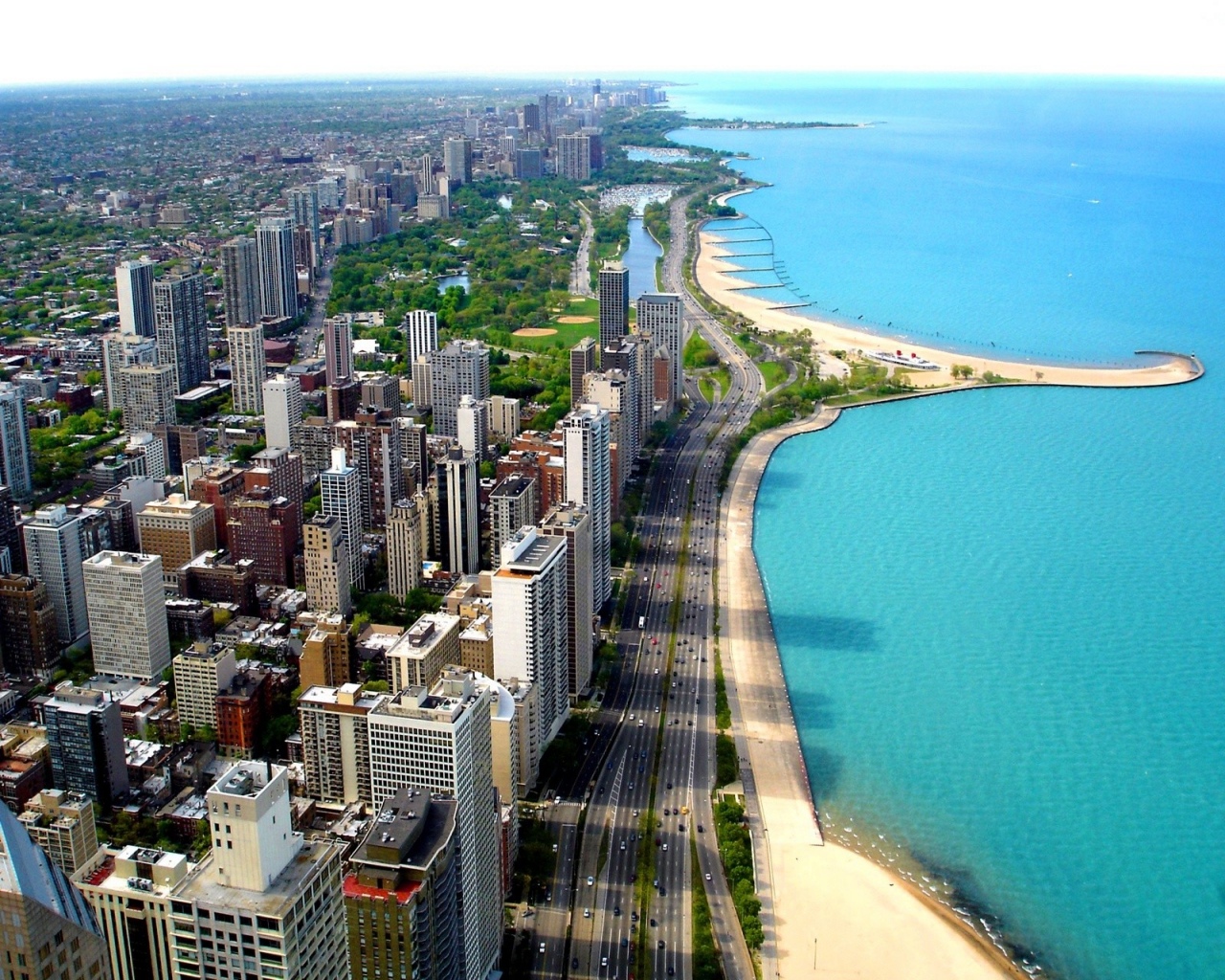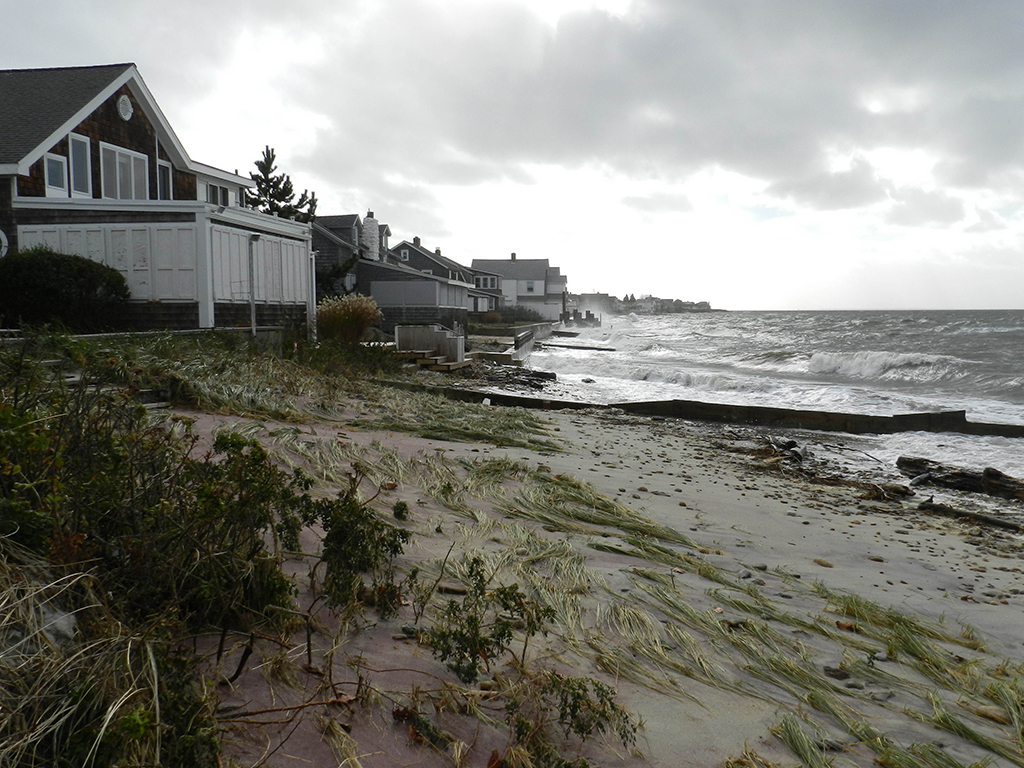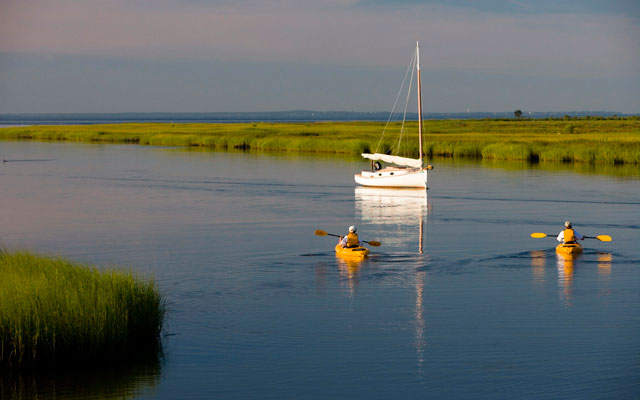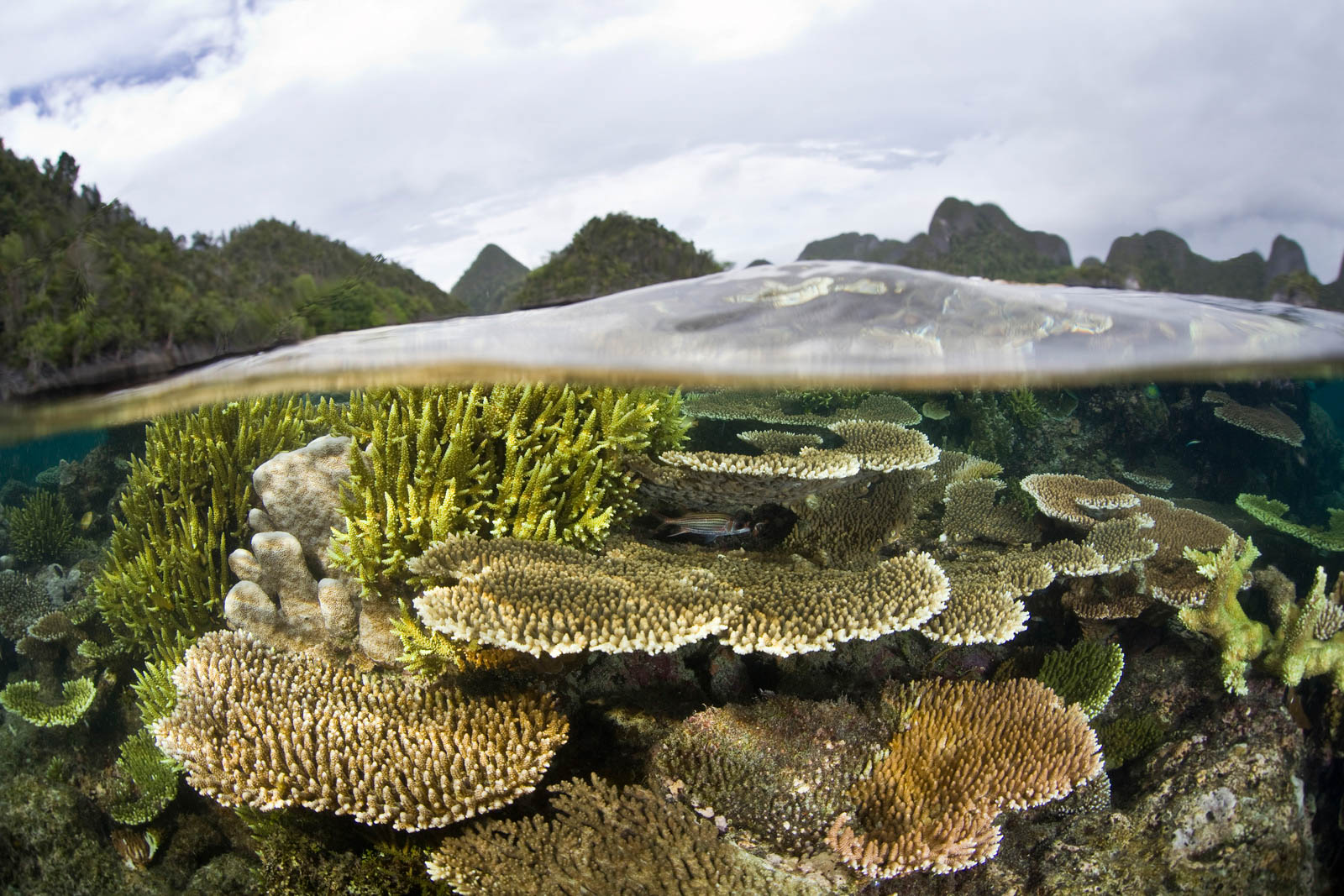
by Coastal Resilience | Oct 7, 2016 | Southeast Atlantic, Southeast Florida
Southeast Florida and the Florida Keys are among the most vulnerable regions in the world when it comes to coastal storms and sea level rise. Fortunately, the region is endowed with natural coastal defenses such as coral reefs, beaches, dunes and mangrove wetlands...

by Coastal Resilience | Oct 7, 2016 | Southeast Atlantic, Southeast Florida
New partnerships and pilot projects in Miami-Dade County use natural infrastructure to make communities safer and more resilient MIAMI, FL | March 29, 2016 In an effort to find smart solutions for sea-level rise, storms, floods and other climate impacts in South...

by Coastal Resilience | Oct 7, 2016 | Connecticut
Contributed by: Dr. Adam Whelchel, Director of Science for The Nature Conservancy in Connecticut Coastal storms, flooding and sea level rise endanger millions of Americans, and threaten infrastructure, industry, protective ecosystems, tourism and trade. In the U.S.,...

by Coastal Resilience | Oct 7, 2016 | Connecticut
Thanks to the Coastal Resilience Program, Connecticut is now the first in the nation to have assessed the entire coastline for future salt marsh advancement zones (where salt marsh will likely advance with projected sea level rise) down to the parcel scale. “The...

by Coastal Resilience | Oct 7, 2016 | US Virgin Islands
A group of researchers, including Mike Beck and Christine Shepard, combed the literature on coral reefs and wave breaking. They extracted quantitative data from 27 studies across the Atlantic, Pacific and Indian Oceans — and they found that intact coral reefs reduce...






